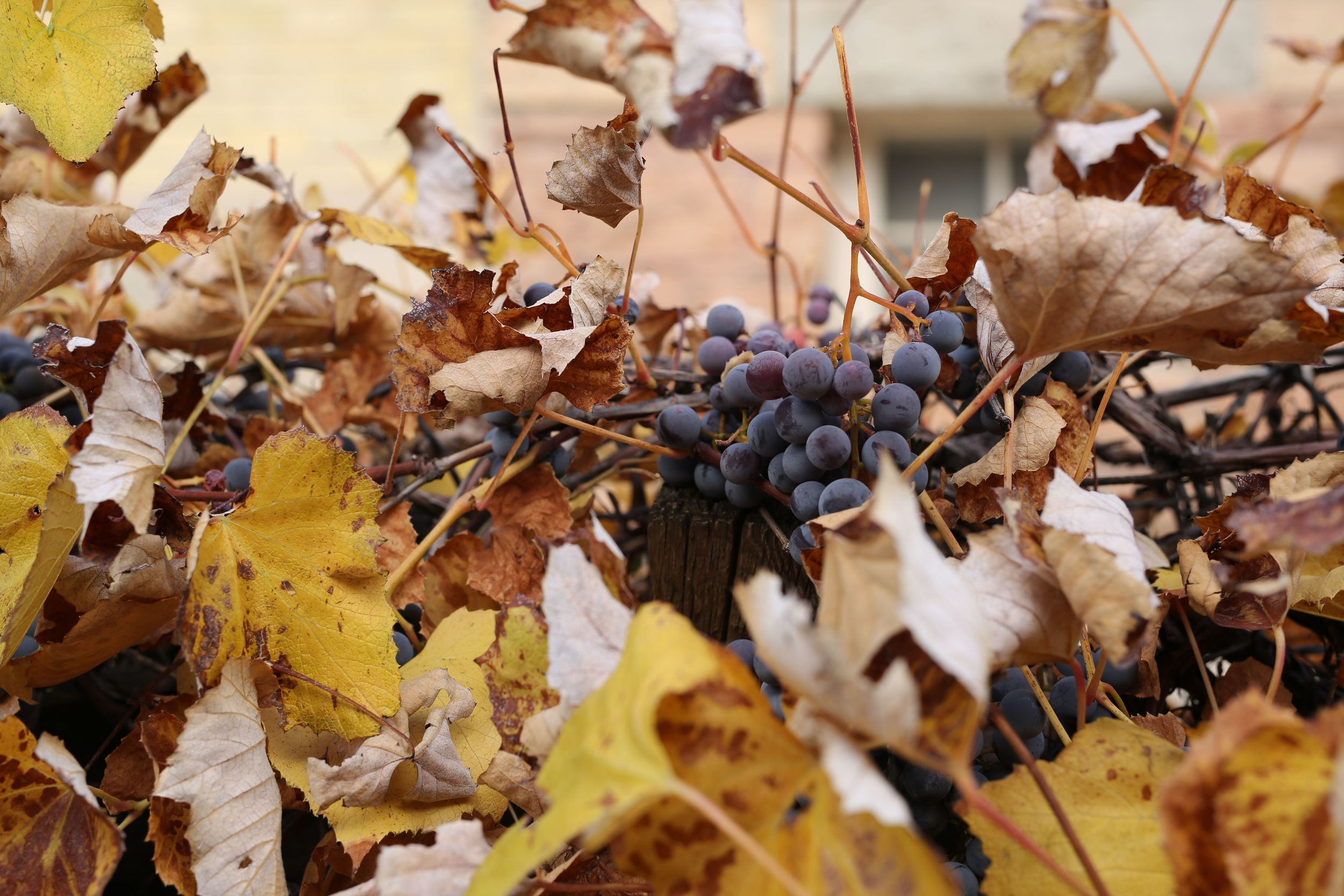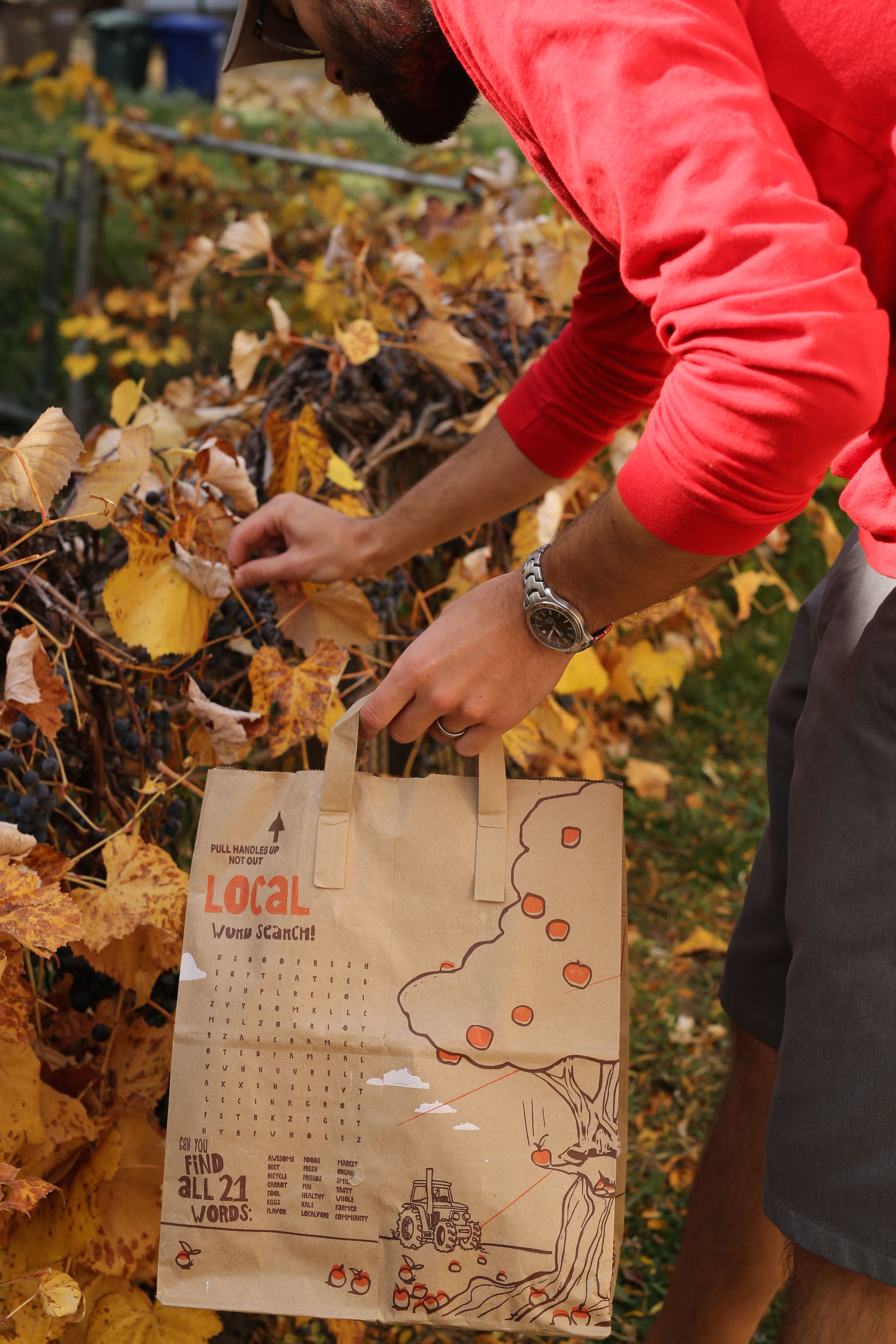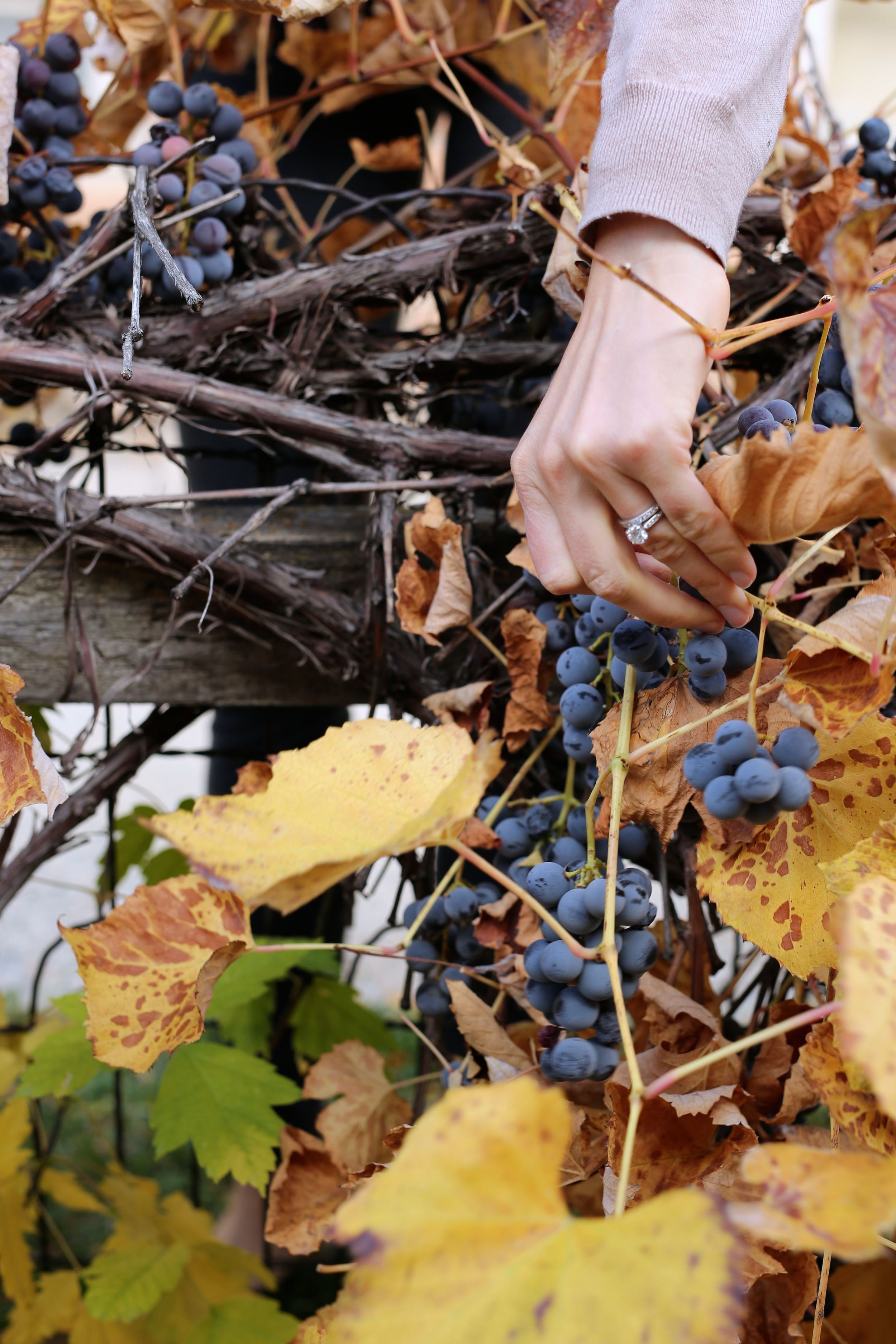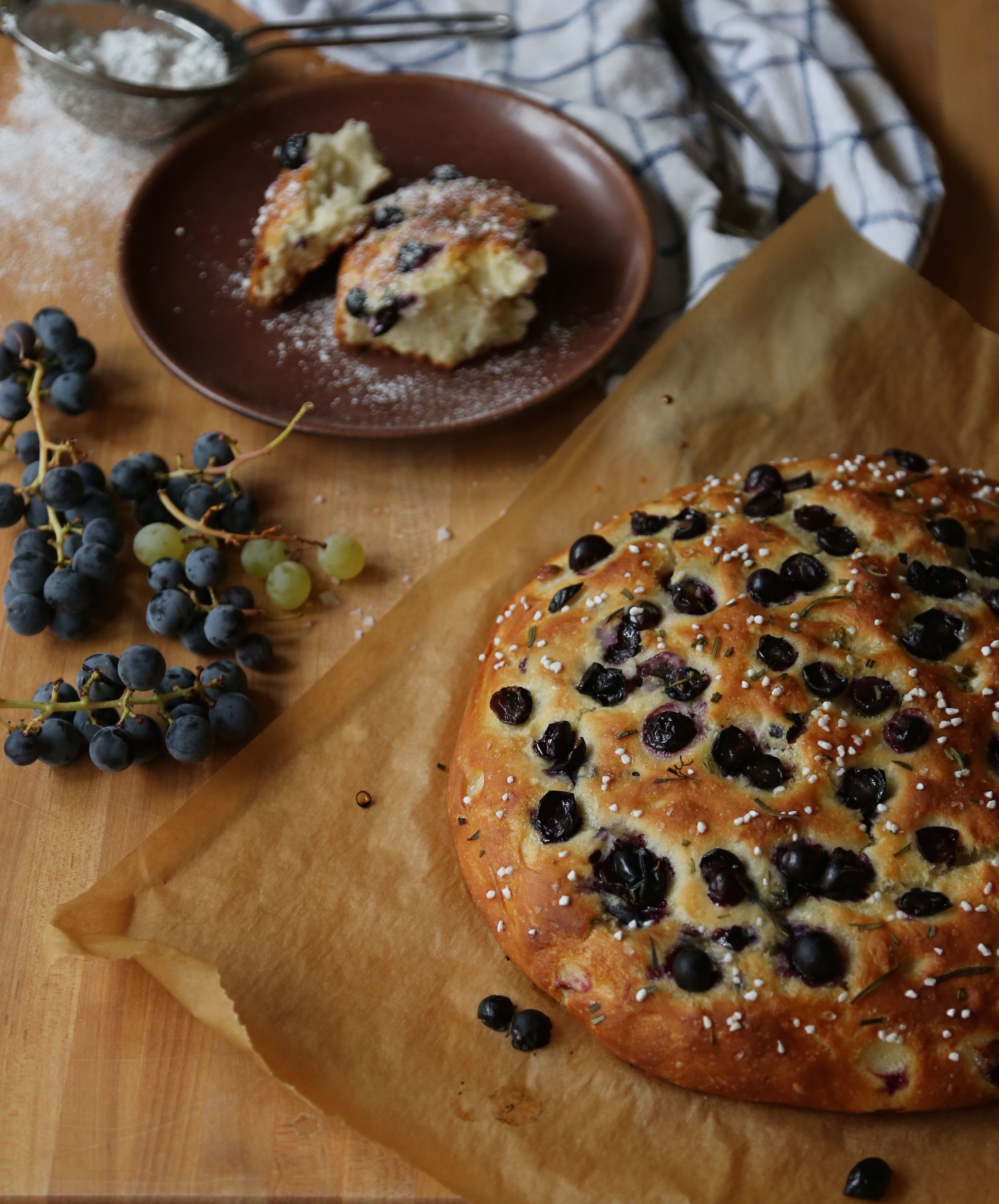So my best laid plan to get these biscuits + shortcakes to you for Valentine's Day was a bust. I had grand visions of breakfast in bed with coffee and artfully plated shortcakes for my own Sunday celebration, but in reality, I nuked a tortilla and wrapped it around some avocado slices and then went skiing with Richard. Ha! Oh well.
I think sometimes there's a little too much pressure to do something grand for Valentine's Day. And it's not really worth it to make everything perfect and photogenic and complicated if it keeps you from being relaxed and having fun and spending quality time with your significant other/best friend/dog/chickens/self. Plus, I like breakfast-in-bed stuff all of the time, not just on Valentine's Day!
So I'm here to say that I hope you had a lovely and wonderful Sunday holiday morning, no matter what you ended up doing, and offer you a fabulous little breakfast idea for the next time you want to express "hey, I like you!" sentiments to someone important in your life. Especially if that someone is yourself.
I have made these biscuits so many times that the cookbook containing the recipe falls open to the biscuit page each time I take it out of the bookshelf. They are Heidi Swanson's biscuits, and they are amazing. We mix up the flour proportions and types sometimes, but we're pretty committed to putting yogurt in our biscuits at this point.
Here's the low-down on choosing your yogurt for this recipe: a) tangier is better, in our minds, because it makes a more flavorful biscuit, b) Greek yogurt makes for taller, more layered biscuits, while a more liquid yogurt means flatter, but still very tender biscuits, and c) any (plain) yogurt you have on hand is perfect for this recipe, because it will make for delicious biscuits no matter their height.
I used a fairly liquid, goat's milk yogurt for the biscuits pictured here. You don't have to use goat's milk yogurt (it's just something we keep around most of the time), but I think a thinner biscuit is better for shortcake purposes, since you get a higher ratio of cream and fruit to biscuit.
In case you are wondering, no, I have never tried making these with a non-dairy yogurt. They could be great! They could be awful! Who can say! I'll let you experiment with this.
Makes 10-12 biscuits/shortcakes
You should feel free to experiment with these biscuits to take them further toward sweet or savory. You can brush them with a little cream or milk and sprinkle them with Turbinado sugar to give them a sweet, crunchy top. You can also change the herbs depending on how you plan to serve the biscuits, or omit them altogether.
For the biscuits:
1 1/4 cups whole wheat pastry flour
1 1/4 cups unbleached all-purpose flour, plus more as needed for dusting
3 teaspoons kosher salt (or 1 1/2 teaspoons table salt)
1 tablespoon aluminum-free baking powder
1 1/2 tablespoons chopped fresh rosemary (or more or less, depending on how much you like rosemary
1/2 cup unsalted butter, chilled and cut into tiny cubes
1 1/3 cups yogurt (again, Greek for higher, more layered biscuits; more liquid for shorter, tender biscuits)
Preheat the oven to 450˚F and place a rack in the center of the oven. Line a baking sheet with parchment paper and set aside.
Combine the flours, salt, baking powder, and rosemary in the bowl of a food processor, and pulse 2-3 times to mix. Sprinkle the cubes of butter over the dry ingredients and pulse 15-20 times (or more) until the mixture resembles (in Heidi's words) "tiny pebbles on a sandy beach."
Add the yogurt and pulse a few more times until just incorporated. Avoid over-mixing, as this will toughen the biscuits.
Gather the dough into a ball and turn out onto a lightly floured surface. Gently press the dough together, kneading 2-3 times if necessary, and shape it into an inch-thick square. Cut in half and place one half on top of the other. Flatten with your hands or with a rolling pin into another inch-thick square, cut in half, and stack again. Repeat each step one more time, then press the dough into a 3/4-inch thick rectangle. Cut the dough into 10-12 equally sized biscuits.
Transfer the biscuits to the baking sheet, leaving 1/2-inch of space between each biscuit. Bake for 15-20 minutes, until the bottoms are deeply golden and the biscuits are cooked through.
Scroll down for notes on making/plating the shortcakes.
Serves 2
Split the biscuits and place each bottom on a plate. Spoon the yogurt cream evenly over the two biscuit bottoms. Arrange the blood orange slices over the cream, and drizzle with honey. Pick some rosemary leaves from the springs and tuck in among the orange slices. Angle the biscuit tops over the shortcakes so that much of the fruit and yogurt is visible. Serve immediately and tuck in!
2 rosemary biscuits
Yogurt cream (enough to serve 2 = 1/4 cup cream whipped with 1/4 cup yogurt and 1/4 teaspoon vanilla)
2-3 blood oranges, peeled, seeded, and sliced
Honey
1-2 rosemary sprigs








































